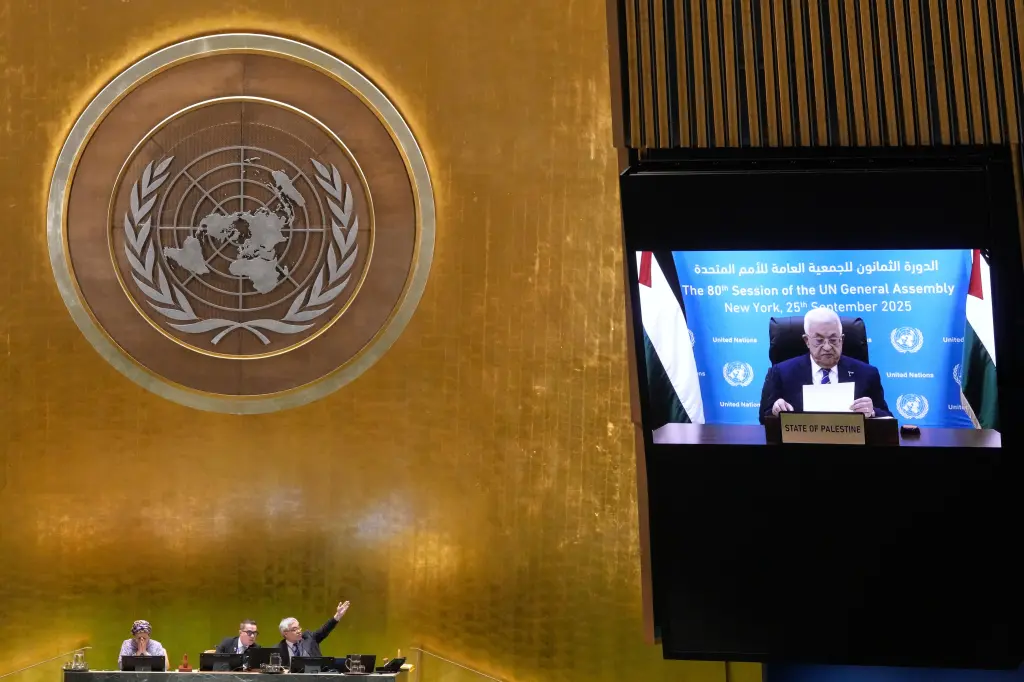By Contributor,Rodger Dean Duncan
Copyright forbes

Leadership isn’t just about vision or charisma—it’s about navigating complexity, decoding resistance, and making decisions when the stakes are high and the answers aren’t obvious.
Katie Best, author of The Ten Toughest Leadership Problems and How to Solve Them, has spent years coaching executives through the messier side of leadership: burnout, underperformance, cultural friction, and influence without authority.
“I developed SOLVE while working with my clients—across coaching, consultancy and leadership development programs,” Best explains. “In all these settings, I noticed that when leaders were faced with tricky problems, such as those involving organizational politics, or those with a lot of elements and/or moving parts, they either avoided the issue entirely or rushed in with a solution before they really understood what was going on.”
That observation led her to create a structured process that helps leaders slow down, gain clarity, and move forward with confidence. “The model provides a way to slow down enough to get clarity, and then to carry on moving through the problem without getting stuck. It gives structured space for reflection, insight, and action.”
So, what does SOLVE actually look like in practice?
S – State the problem: “Here, leaders get clear and specific about what’s really going on, summarizing their problem as they currently understand it in 1–2 sentences. It’s included because it helps leaders to draw a line around what they are trying to deal with, and to observe in brief what is happening and the impacts it’s having.”
O – Open the box: “Here, leaders get more deeply stuck in to analyzing what’s going on. They’re encouraged to conduct their own research on the problem and look at what’s already known about this type of problem. The model includes this stage so that leaders take decent time to uncover the situation and the factors which are contributing to it. By the end they should have a good handle on what’s happening, and why.”
MORE FOR YOU
L – Lay out your solution: “This stage involves structuring a plan to move forward with a focus on one which fits the context and the reality. Leaders are encouraged to make use of their research skills to identify what is likely to work in this scenario. This stage is included because it’s a good idea to have a plan before leaping in to solving the problem.”
V – Venture forth: “Now leaders take action whilst staying alert to potential issues and working on ways to handle these issues and pivoting their solution if needed. This stage is important because implementing a solution can be tricky and so recognizing that work needs to be done to make it land well is critical.”
E – Elevate your learning: “Finally, leaders reflect on what they have learned during the process and ensure that these new skills and knowledge don’t go to waste by looking at how else they can use them, for example applying them to other situations or sharing them with others. It’s included to maximize the impact of the time spent upskilling.”
The framework is versatile, but how does it apply to something as personal and pervasive as burnout?
“The key thing here is that the problem isn’t burnout, the problem is what has led to the burnout,” Best says. “And so while at the State the problem phase, it might be ‘feeling burnt out and work is suffering’, at the Open the box phase the leader will be exploring what’s fueling this sense of burnout.”
She encourages leaders to look beneath the surface. “Is it expectations from others, or yourself, that are too high? Is it that you’re lacking the necessary skills and are struggling to keep up? Is it that the work itself is stressful and you aren’t having time to recover yourself from day to day?”
Once the root causes are identified, the path forward becomes clearer. “It might be protecting focus time, rethinking comms norms, or making it safe to say, ‘I’ve done enough.’ However, if overwork is driven by a work addiction (which is relatively common), then change will be harder and will require more structure and discipline to sustain.”
And what about the implementation phase—how do leaders avoid overwhelm while trying to recover?
“At the Venture forth stage, you’ll need to make a start on taking action and work to stick to it. I recommend taking one action at a time, getting it embedded, and then taking the next, otherwise recovering from burnout can itself become overwhelming.”
Finally, she says, “you’ll be Elevating your learning—and there’s real power in sharing what you’ve learnt with others, particularly if you’re operating in a company culture which glorifies busyness. Can you teach them how to say no as well?”
Best also warns against a particularly insidious leadership trap: the illusion of objectivity.
“In this case, I am going for what I call the ‘I’m not biased’ bias. This is the belief that, when it comes to biases, you are better than average or maybe even immune to bias altogether. ‘Other people may fall into that bias, but not me!’ That’s often the most dangerous one of all, compounding the impact of the others.”
She’s blunt about the consequences. “We are all bad at using the data which we like the look of the most, using solutions that come most readily to mind, and thinking that our solution is going to come in on time and at minimal cost.”
So how does SOLVE help leaders counteract those blind spots?
“The SOLVE framework can help leaders because when they Open the Box, they are pushed to explore what they might be missing, whether that’s different perspectives, unseen constraints, unchallenged assumptions. And when they Venture Forth, they are being encouraged to think about where their solution could run into problems and to consider what to do about this.”
Her advice to leaders who want to start small but meaningfully?
“Pick one leadership problem you’ve been tolerating and write it down. What’s the problem and what impact is it having? Try to summarize it in one to two sentences. It’s surprising how powerful it can be to name the problem. And then, well done, as you are already one step through the SOLVE process. You have just ‘Stated the problem.’ Now you can open the box and try to work out what is going on.”
Editorial StandardsReprints & Permissions



